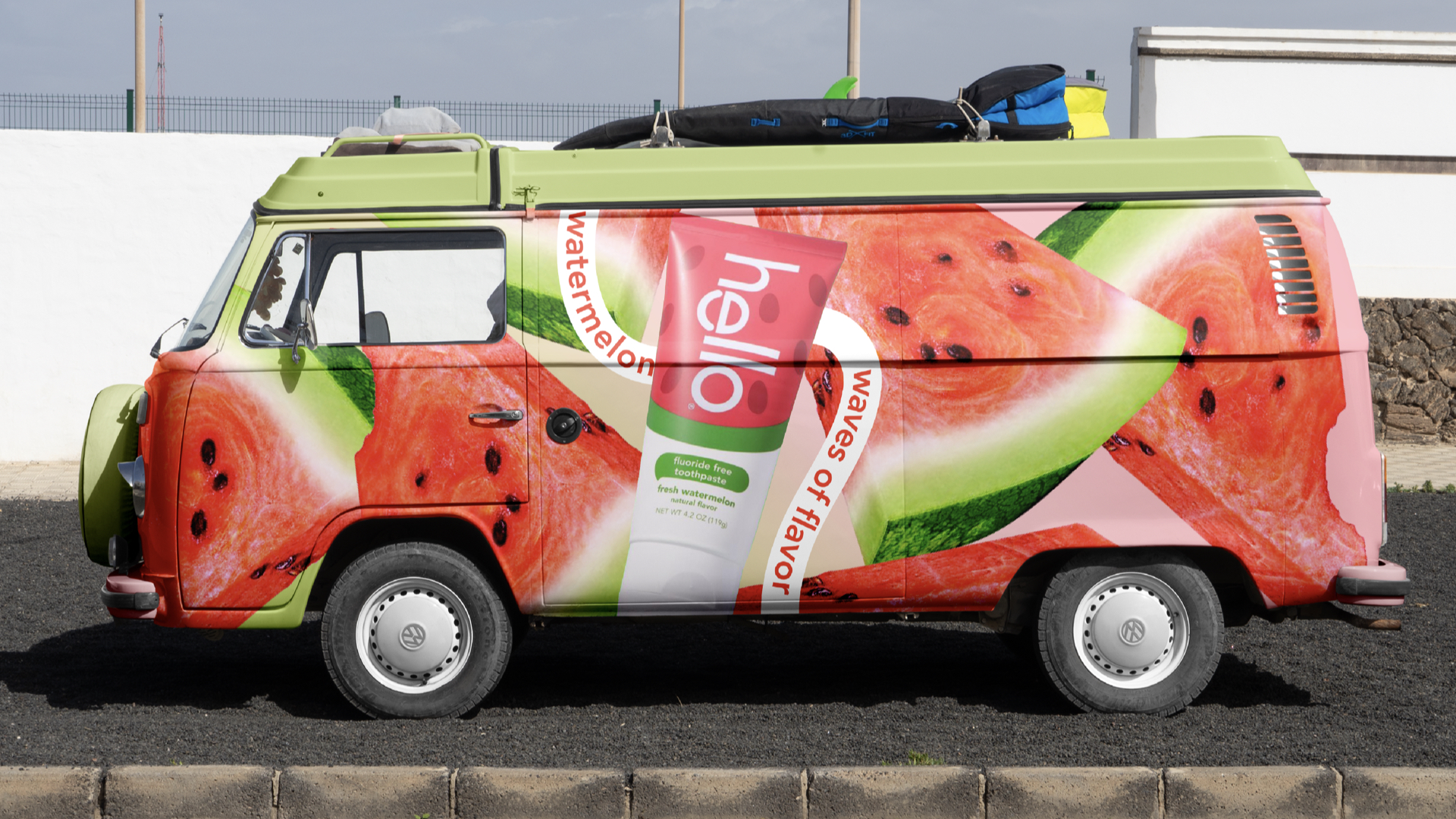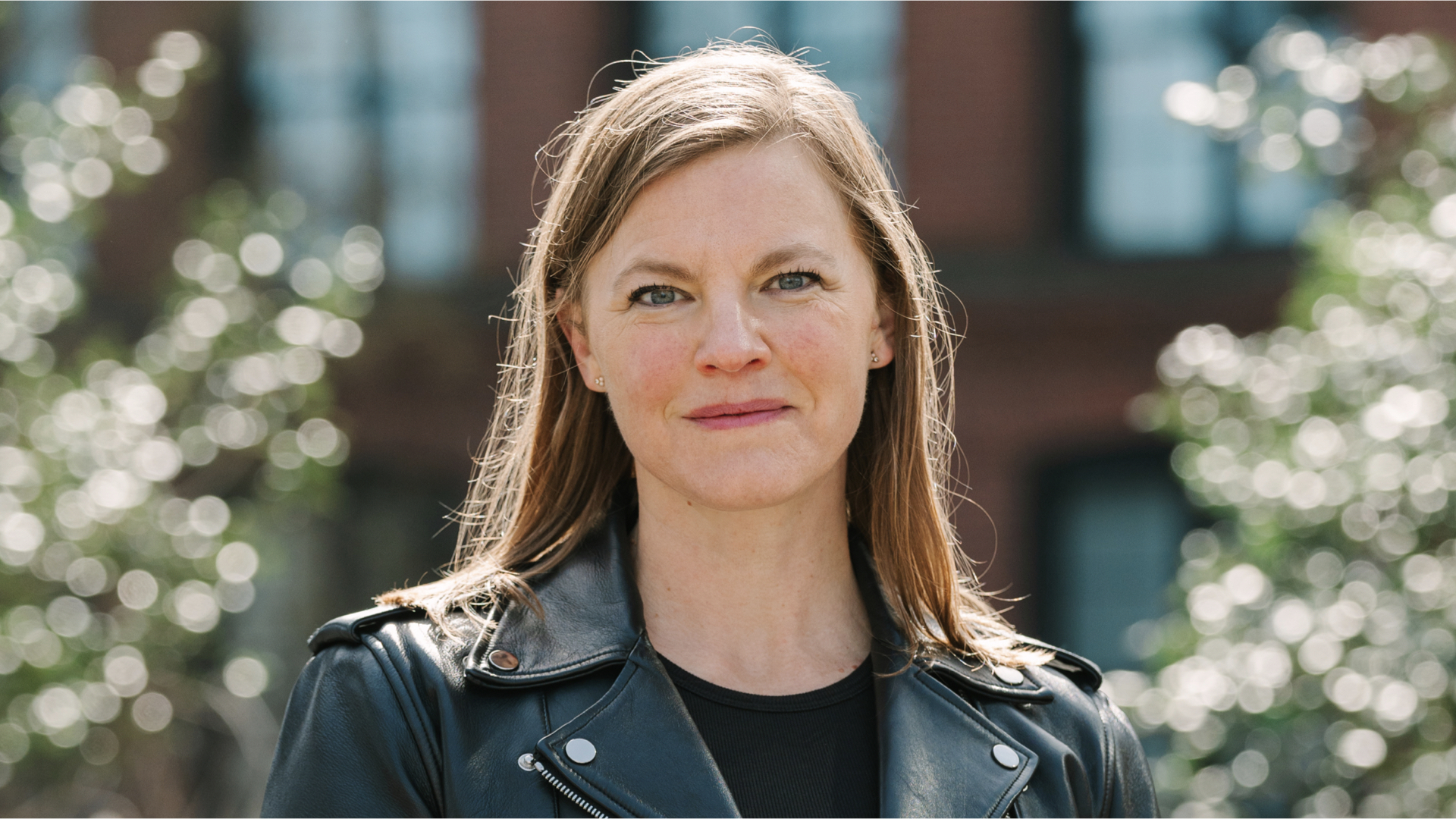
Sarah Williams is co-CEO of branding agency Beardwood&Co, a creative collective focussed on nurturing talent from within to cultivate future leaders. Advancing from intern all the way to co-owner, Sarah's evolution within the company is built upon her passion for delivering impactful creative solutions. Her inspirational journey has led her to spearhead a diverse array of design projects for a roster of notable clients, from Danone to Colgate.
As president of AIGA NY, Sarah is committed to "Championing the Future of Design for All", building an inclusive and accessible platform for creatives to learn and evolve. As part of our Day in the Life series, we caught up with Sarah to discuss life as a co-CEO, her dream project, and why mentorship programs are crucial for inclusivity in the design industry.
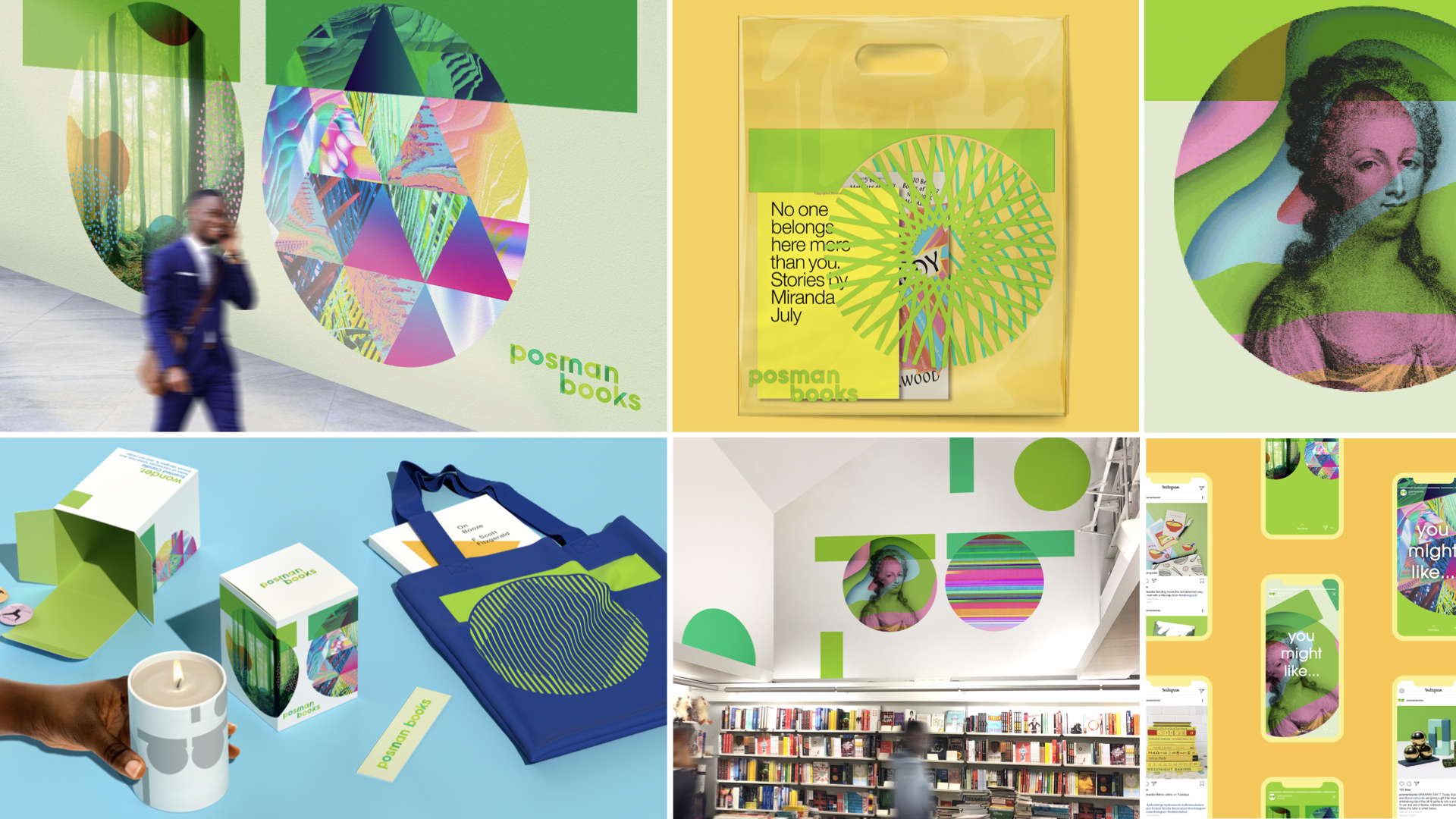
Tell me about a typical day in your role
I wake up at 5:30 AM and usually run 7 miles or do a kickboxing workout – this is my thinking time and my on-the-go meditation – I do this every day unless I'm sick. I hustle to get my daughter ready for school and drop her off. I usually check messages while walking to and from, but when I get back home, I catch up on work emails and headlines.
From there, I figure out my main priorities for the day, key meetings, major work reviews, any events for AIGA NY, making time for connection with my team, and planning what we want to do next for our business. Every minute is accounted for and used. A typical day brings a mix of topics, challenges, and new information. The most important thing is staying connected to your priorities: your team, your client relationships, and doing great work.
Typically, I grab coffee or lunch with an industry friend or colleague. At the end of the day, I rush to pick my daughter up from her after-school program, and I usually check messages while walking to and from. Then, we do homework, make dinner, check more messages, get the family ready for bed, and meditate.
And I am absolutely passing out every night at 9:30.
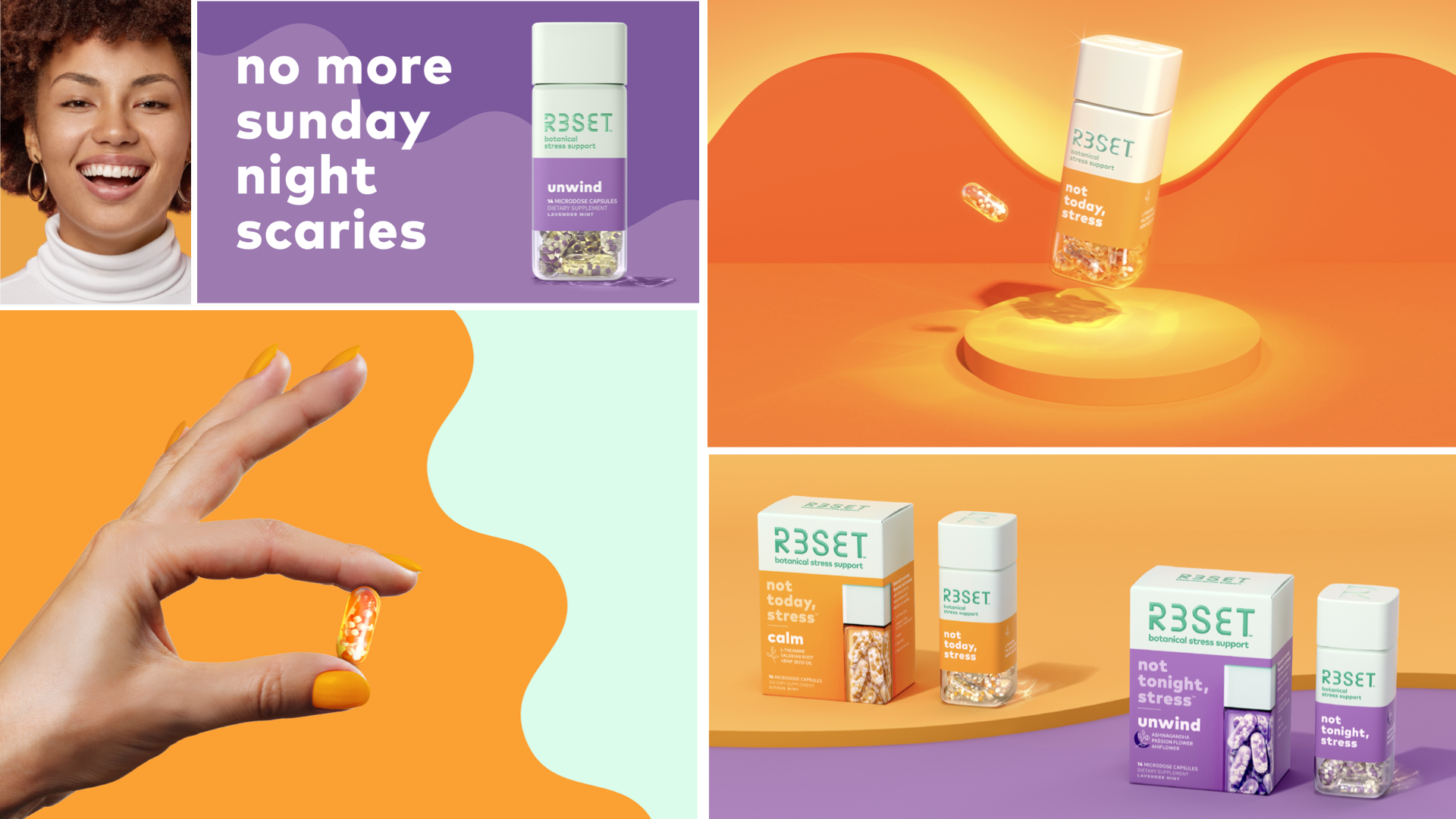
What was your early career like?
I was incredibly fortunate to land an internship at Landor. I worked and saved to move to NYC from a small town in Michigan, flipping burgers at McDonald's, painting houses, and even third shift in a boat parts factory. So when the offer came through, the feeling was indescribable joy. Going from a small farming town to working alongside colleagues from all over the world on global brands, from consumer branding to identity work, was thrilling and a huge challenge.
An early project ahead of its time was launching Song Airlines for Delta, which they sadly shut down after a few years. The airline was built around women as the key travel decision-makers to rival JetBlue.
Landor was my branding boot camp, where I met my future business partners Julia Beardwood (founder and Chief Growth Officer) and Ryan Lynch (Co-CEO).
Before Beardwood&Co, I landed a pretty big interview at an agency I dreamed of working at, but the entire experience immediately put me off. The creative director was this very imposing figure, and I remember him slamming his hands down on a desk and virtually screaming, "Are you ready for a challenge?" at me. I was so incredibly grateful to get the interview in the first place, but I knew it wasn't the right culture or environment, and I remember thinking there had to be a better way. And I was so lucky to do that with Julia and Ryan – we've cultivated an environment where you can do great work (and not get screamed at).
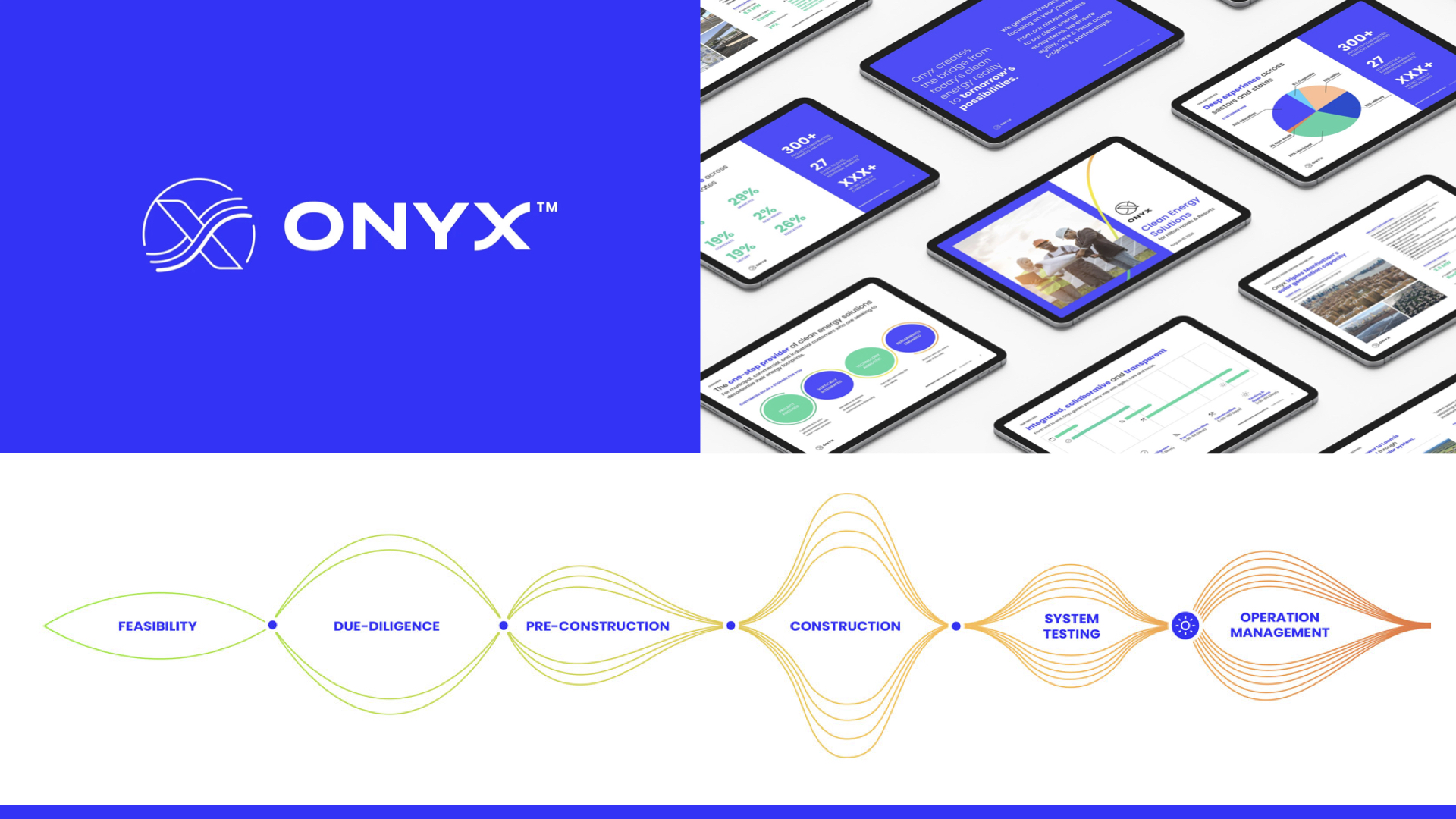
What's your dream project/dream client?
I love working on experiential brands. If I were to "invent" a brand that would be my dream client, it would absolutely combine some of my passions in work and life, which have to do with hospitality, well-being, and running. Many of my past favorite projects have been experiential brands in the home and hospitality space, like Westin, Hyatt, and another new hospitality project we are working on.
Resilience is a muscle you build; you aren't born with it
Sarah Williams
I'd love to create a service that's a travel running club, taking runners to new destinations for a week-long experience. Each day, you run 10 miles at your own pace amongst beautiful scenery, eat delicious and healthy local food, and sleep in a comfy bed along the way. I know many cycling travel experiences exist like this already, but this would be a dream come true!
Tell me about a tricky work-related challenge and how you approached it
Every creative agency and industry faced extreme unknowns during the pandemic and its economic impact. While some of those years were strangely our best from a business standpoint, there was a sudden drop when brands hit the brakes on investing. There was fear that another recession was coming as the world was scrambling to figure out what the new normal looked like.
It definitely hit us, and we had to make some extremely tough decisions by laying off a sizable chunk of our staff, which took an emotional toll on our entire team and the people we loved working with. In the face of that, you have to dig deep and refocus on learning from the experience – figuring out how to take the best of what you do forward and be smart about it. Resilience is a muscle you build; you aren't born with it. By learning to face challenges repeatedly and being willing to stay focused and work your way through them, you gain experience, and that's necessary to move through all of life's phases.
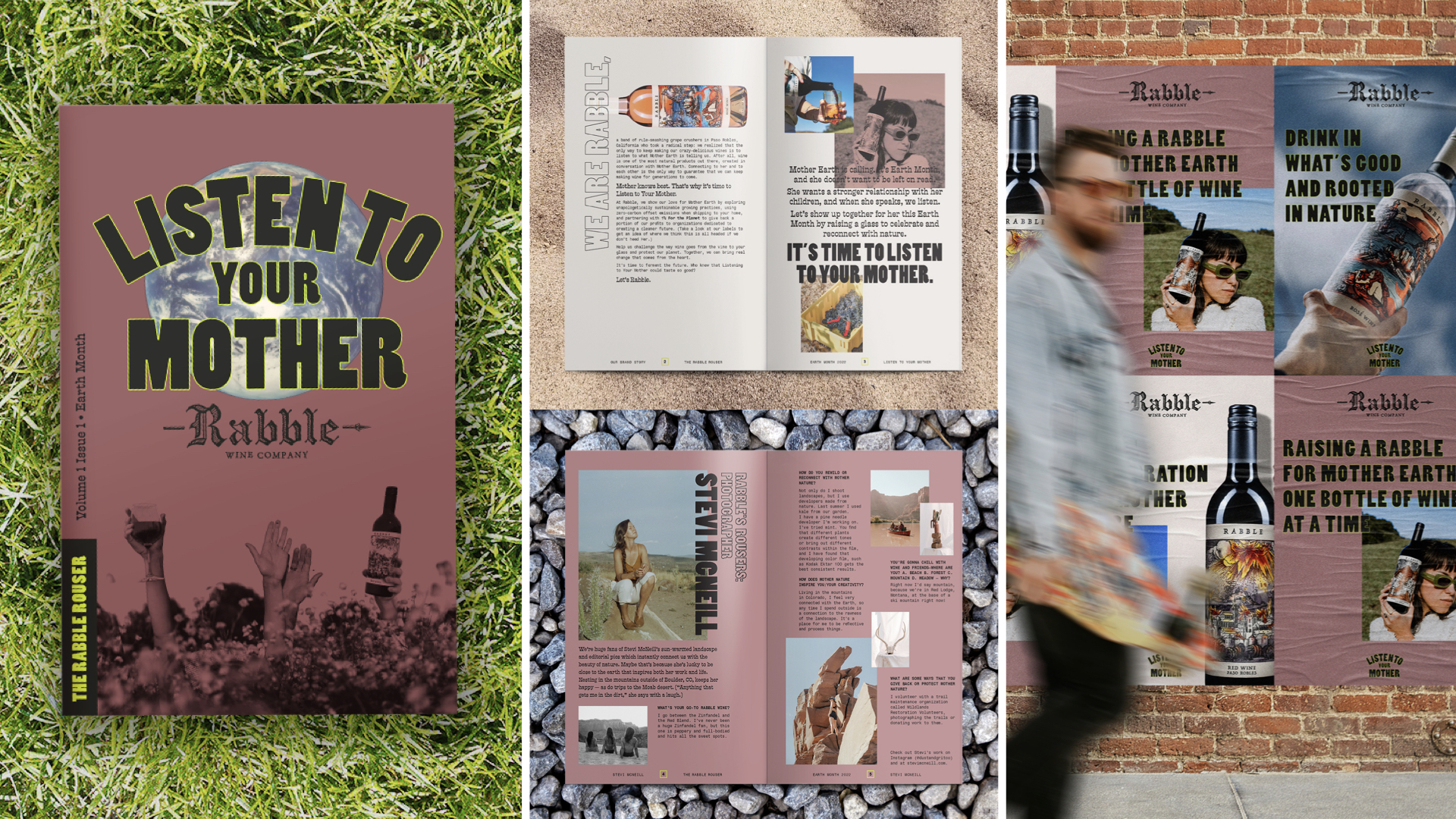
Which project are you most proud of and why?
An early transformative project for our agency was developing the brand positioning and identity for Westin Hotels to clarify their ownership of the wellness space. While many hospitality brands tap into this claim, Westin was the first to own it at a global level. Travelling around the world, understanding the cultural expressions and nuances of well-being, and articulating that visually in a way that could live throughout the entire brand experience was an amazing ride that allowed Westin to own the space.
I also had an absolute blast working on Sperry. Boat shoes are back this summer (or seemingly always), but it was a brand that allowed me to collaborate with some incredibly talented creatives, photographers, and filmmakers. I found myself out to sea more than a few times in stormy conditions or sweet-talking a lighthouse keeper to let us up to the tip-top for the perfect shot at sunset in Big Sur. Mind you, this was all during my first trimester when I was pregnant, so I was getting a double dose of morning sickness and sea sickness, which is a totally great combination.
We had a lot of epic moments.
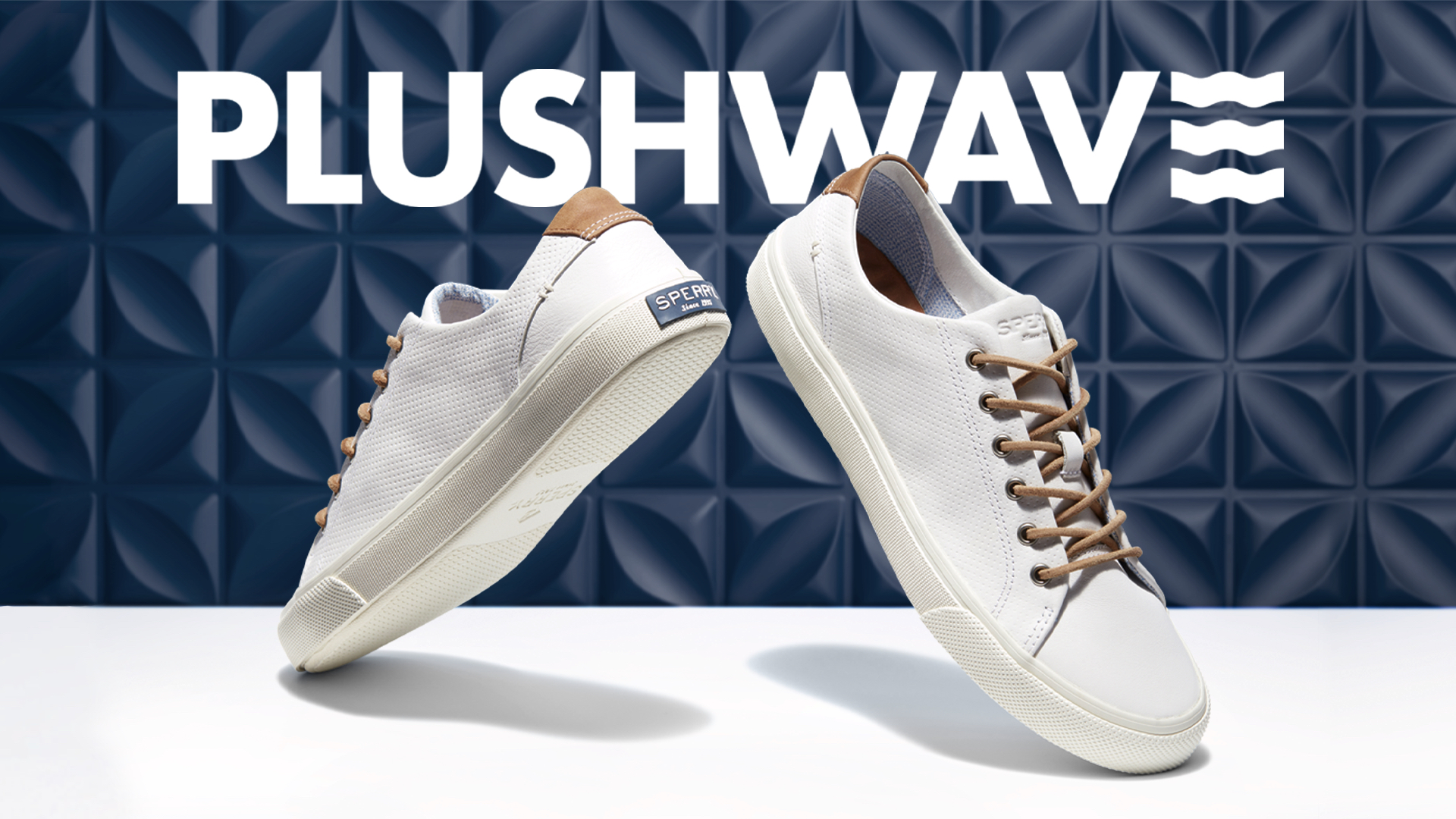
How do you think being co-CEO will work in practice? What are the advantages of having just one CEO?
Being a co-CEO means having a solid partnership and understanding each other's strengths. Ryan and I (and Julia) have built this company on a shared vision over 20 years and even knew each other before that. Ryan and I also have complementary skill sets. His background is in strategy and innovation; mine is in design and creative direction. While we both intimately understand all of those worlds.
We work hard (and our team challenges us) to make sure we're clear on what each of us is leading so that we can stay laser-focused on ensuring the Big Creative Ideas are delivered and create a healthy culture and business to support our team and our clients. Plus, it's fantastic not being alone! In addition to having Ryan to ideate and problem-solve with, we have a brilliant team of leaders who jump at the chance to help us think through business challenges. They are a vital part of shaping the future for our clients and agency.
Can you give an example of when you've turned a company's value into a visual?
We call that a "juicy challenge," which we love, and we approach this in a couple of ways.
One is experiential. A recent example is our brand world work with Hello Products. The Big Creative idea is about creating "room to play" and turning the mundane moments of everyday life into magic. We did this by creating a magical, animated, vibrant world that brings their products and experiences to life in a way that feels craveable and unexpected.
Sometimes, it's critical to break down complex information into a super clear and informative guide. Our work with Onyx Renewables required this approach because they are helping their customers through the intricate process of green energy transformation at scale, navigating infrastructure and policy to make it happen. So, visualizing the journey for their customers in a clear and simple way that expresses the agility, care, and focus they put into every partnership was critical to achieving their growth goals.
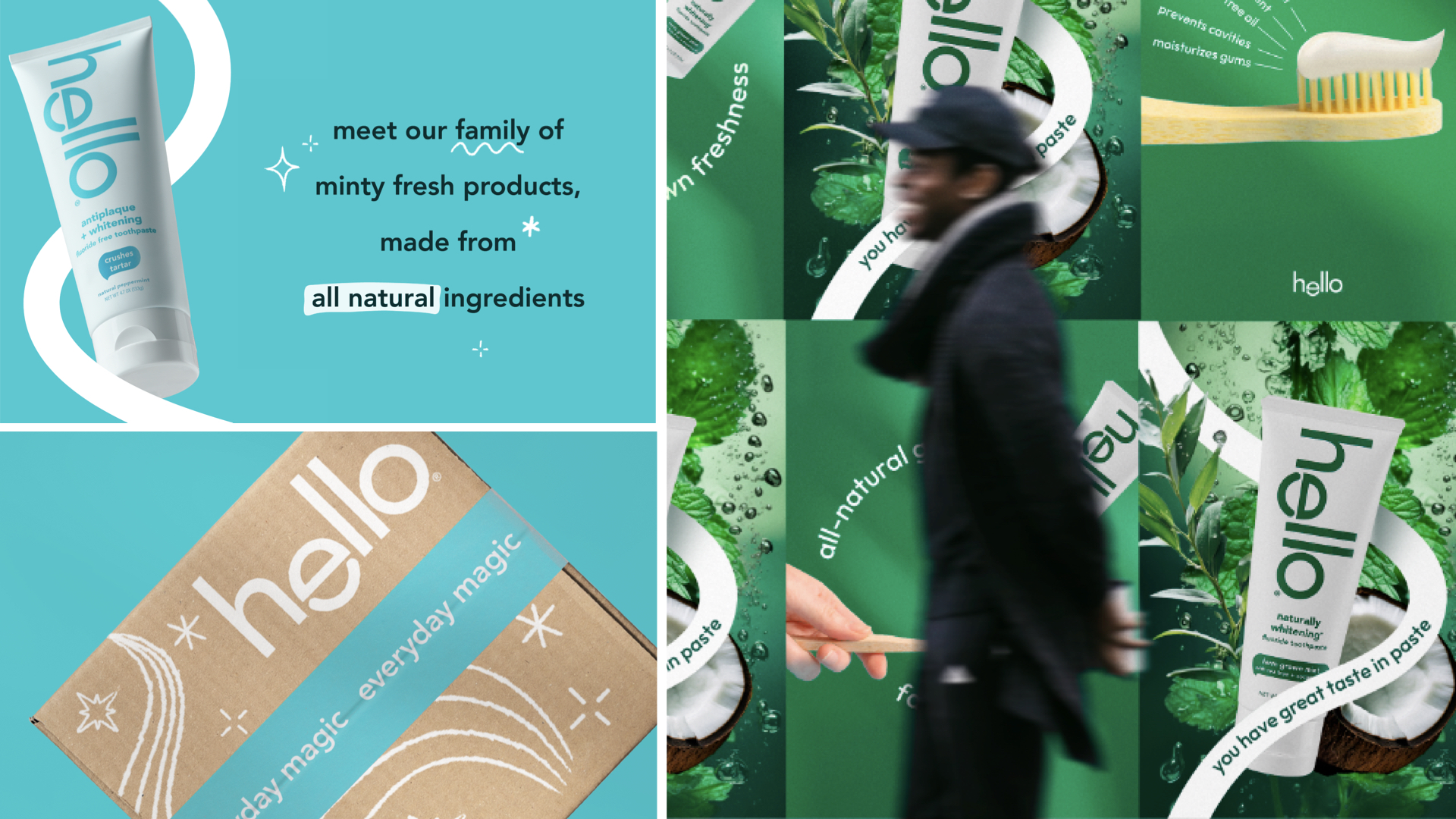
Tell us about what you do for AIGA NY
My current role is President of AIGA NY, and our mission is "Championing the Future of Design for All." In the past, many design organizations have been exclusive environments. We want to ensure we build a platform for our community to create connections, build new skills, gain inspiration, and find new pathways at every stage of their career. We have a fairly robust mentorship program, and for 2023-2024, that included 112 mentorship matches (224 people). We've supported 1,146 mentors and mentees since the launch of the mentorship program in 2019.
Engage with the world and culture and dig into it with deep passion
Sarah Williams
We have deep ties with ten design programs in NYC – including city and state university systems and well-known educational institutions. We also offer inspirational programming with speakers sharing behind-the-scenes insights from their journeys and teaching new skills. Just this past year, we hosted Something Like a Phenomenon, which focused on the intersection of design and hip-hop and how that has permeated culture. My design journey started in my bedroom as a kid, and I would recreate hip-hop and punk album covers and play around with photography and typography. I didn't even know what design was then, but it made me feel connected to something bigger than my small town. So, to do that event and hear from Michelle Willems, the designer for De La Soul's Stakes is High album cover, and Julian Alexander from Slang Inc., was a dream come true.
It's worth mentioning that AIGA is powered by a volunteer board of 28 passionate individuals who give their time and dedication and just one employee, our Executive Director, Stacey Panousopoulos, who is a pillar of the NYC design community. It's astounding what the power of community and volunteerism adds up to. We're currently seeking sponsorship partners to amplify our efforts.
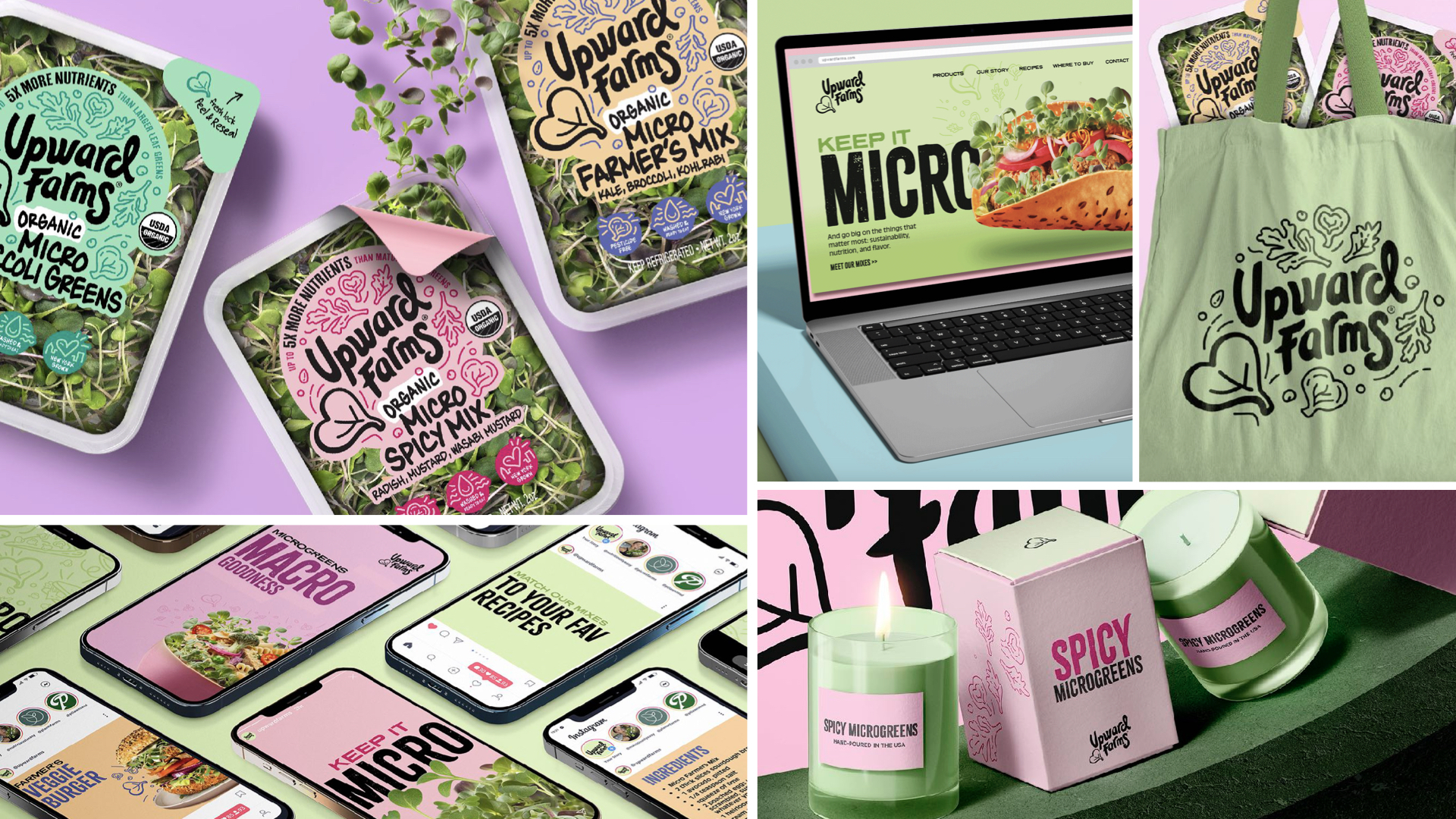
What can designers do to best foster new talent?
Be interested, and you will be interesting. I know that's a bit cliche, but it can be easy to rely on other designers' work for inspiration. By cultivating your curiosity and interests and learning about the passions of others, you are better able to connect the dots in the world.
I just finished Lucy Sante's Nineteen Reservoirs. It's a history of how they built New York City's reservoirs and aqueducts that supply its water–something on the scale of building the Panama Canal. For some people, that might feel like a pretty dry read, but it delves into the socioeconomic issues and backstory surrounding its creation and is totally captivating. We don't really think about how we get our water. But there are layers to everything; the things we use and the products we consume don't exist in a vacuum.
The point is that all of these things make you better. When you open yourself up, you can think conceptually, be strategic, or step into the shoes of the audience you are creating work for. Engage with the world and culture and dig into it with deep passion, and it will inspire you tenfold.
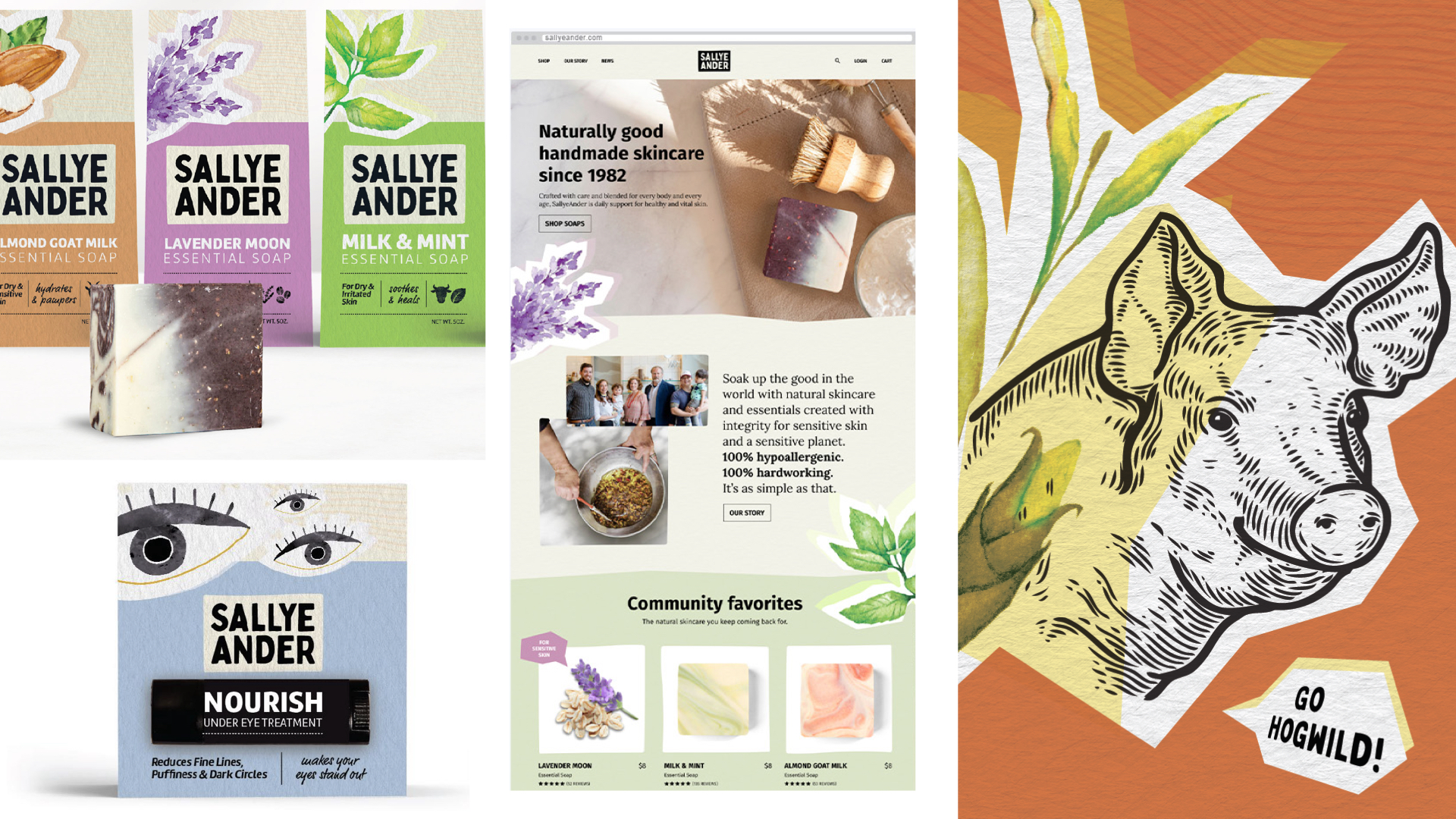
How inclusive is the design industry in 2024?
Not at all where it needs to be. Big moves are still necessary for real change, and this starts with access. That is one reason why mentorship programs are so important, like ours at AIGA NY. Design schools and colleges, in general, are out of reach for many people, and we see the risk of debt that many students take on through loans to pay for an education. It's also critical for agencies and people in a position to hire to expand their view beyond the go-to places.
There are some incredible programs at city schools and state universities – in New York, the CUNY and SUNY systems are two examples, and the Midwest and South bring bright talent into the industry. When you look at things from an ownership perspective, only 2% of agencies are owned by women or non-binary people, according to Own It (a non-profit organization dedicated to raising awareness on this topic). Scope of Work is a talent agency representing BIPOC creatives focused on establishing equity in our industry. Ultimately, anyone who's historically been in a position of power or advantage has a responsibility to open up access and work for more inclusivity and equity.
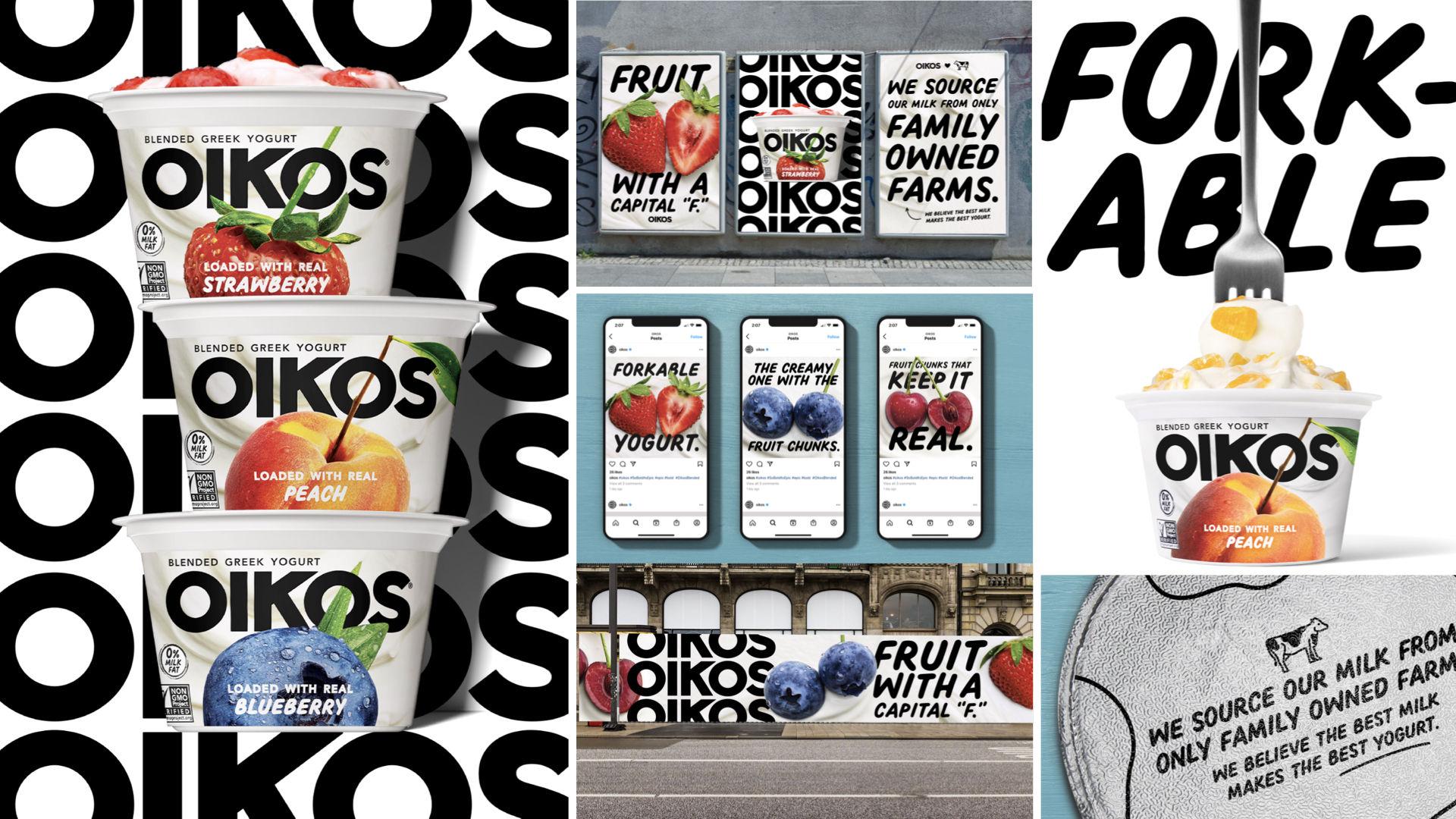
What are your favourite tools?
One "BIG" tool we regularly build into our process is an Illumination Workshop. This is really about creating a collaborative space with our clients. We're bringing together tons of stimuli about their customer, competition, and inspiration. We dive in deep together to unlock all the preconceived notions and big audacious goals and paint the path forward for the possibilities of the brand experience.
While we know most brands don't want to over-invest in a big, expensive immersion upfront, this is a really targeted and concise use of time that gets everyone aligned and gets to big creative ideas and better work faster. We'll often build visual creative briefs as part of the output that translates written briefs into visual cues and eliminate some of the ambiguity around often-used language like "premium" or "approachable" found in briefs.
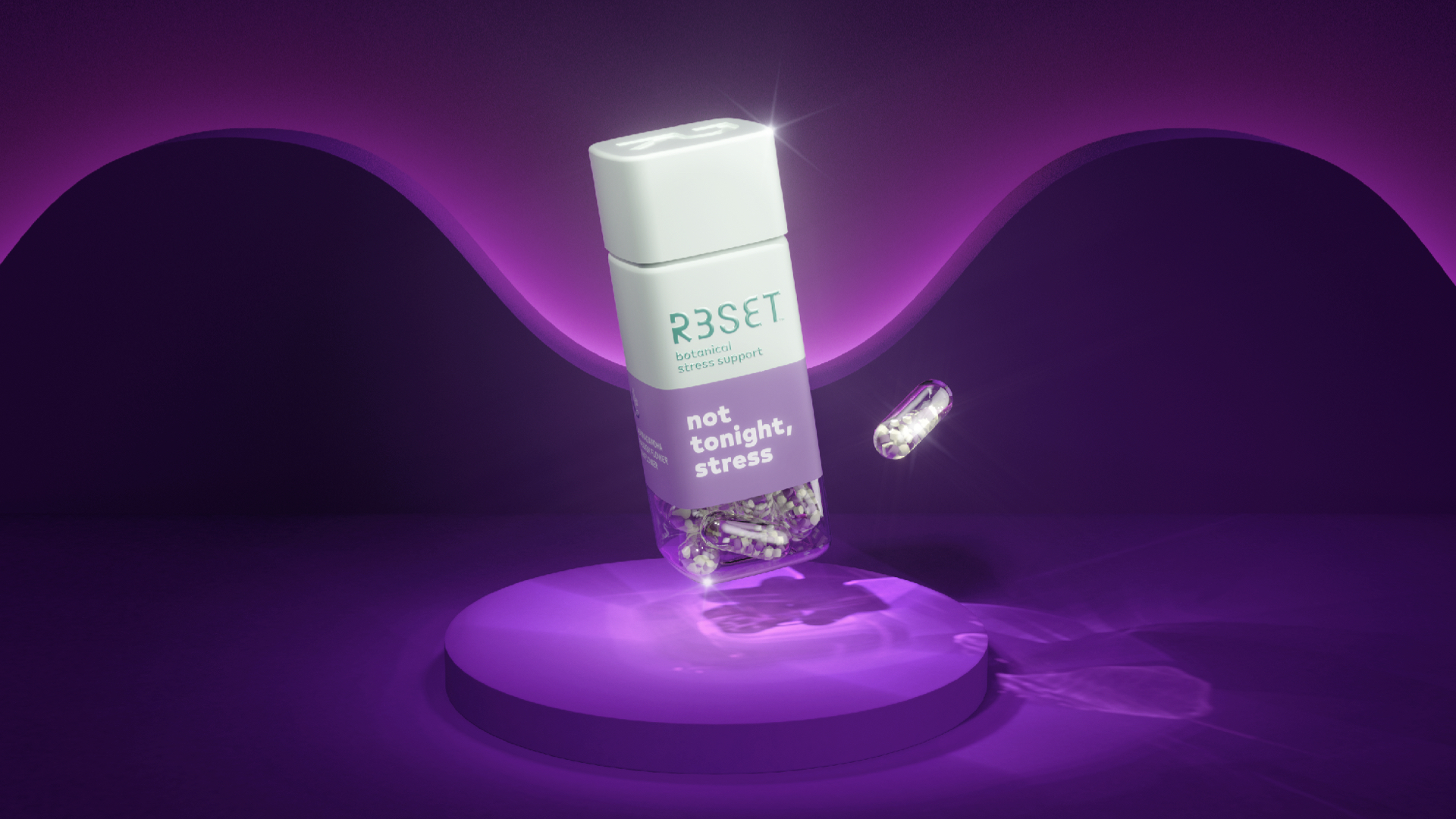
What career advice would you give your younger self?
Take stock of what's unique about you and write it down so you can always return to it when you question your value. It's easy to compare yourself to others and list your shortcomings when you are feeling knocked down, and say they are more talented or more confident, or cooler, or smarter, or whatever it may be – but there will be things that are unique and distinctive about you, that make you the perfect fit for goals you might have or relationships you want to build.
Knowing your value, just like building resilience, are strengths that carry you through the long-term challenges of your career and life. Empathy and deep listening are often more important for leading a team and working with clients than being a "smooth talker."
